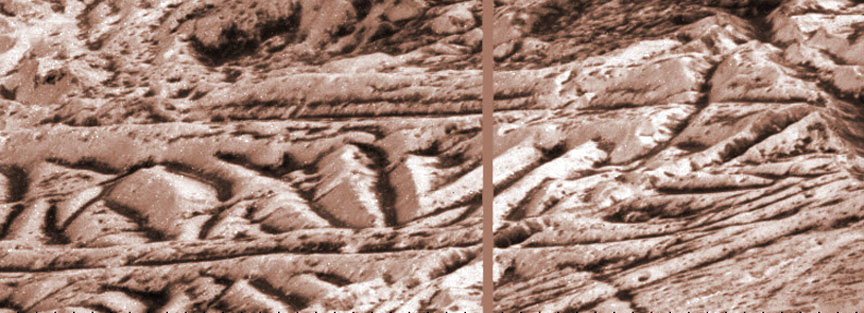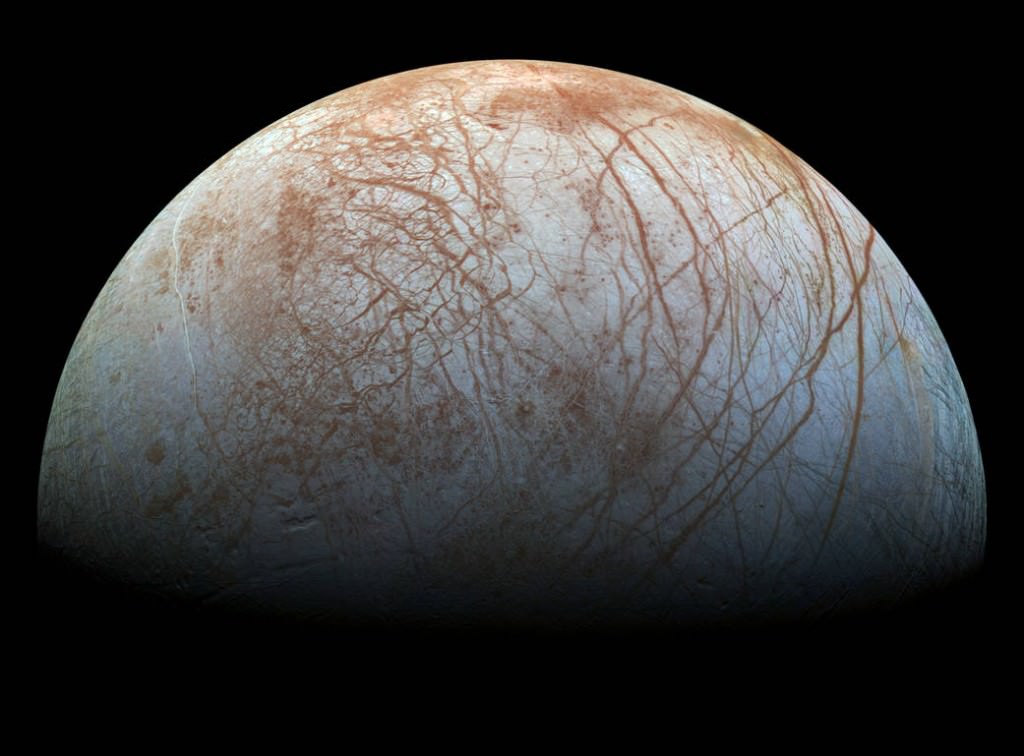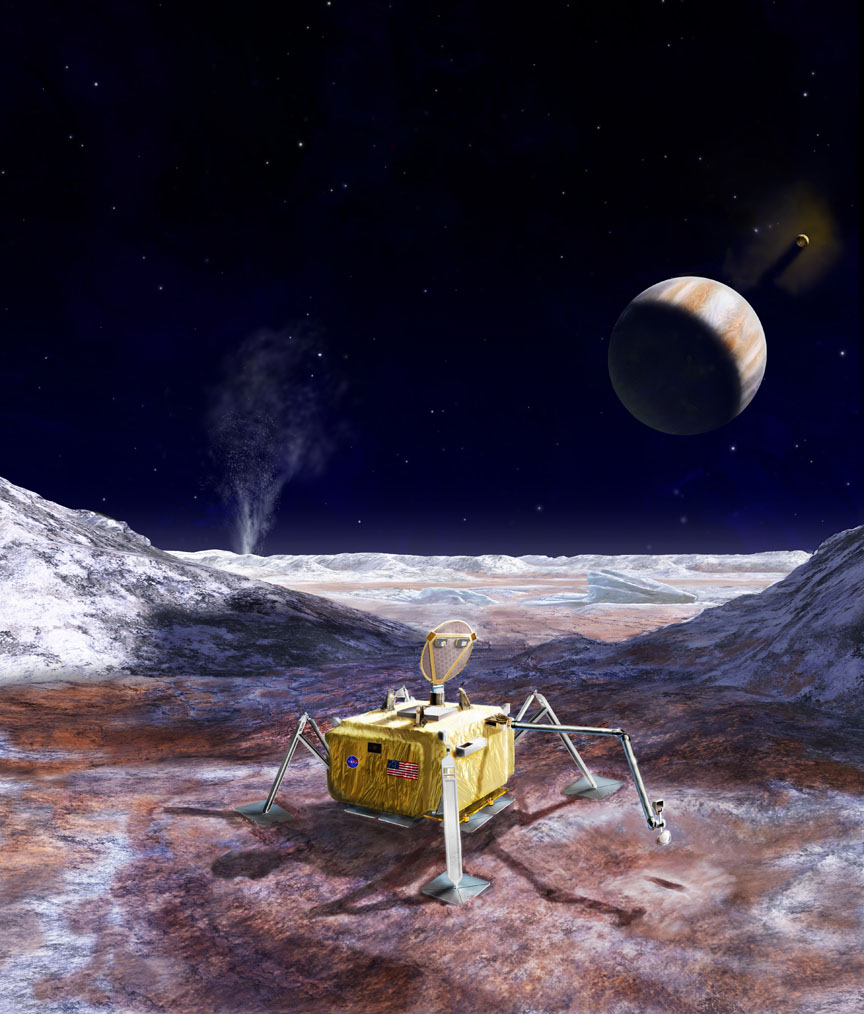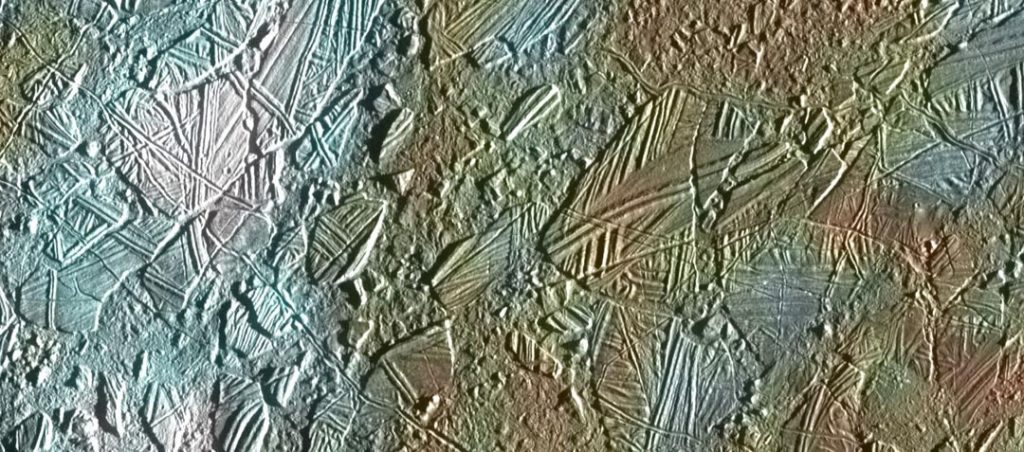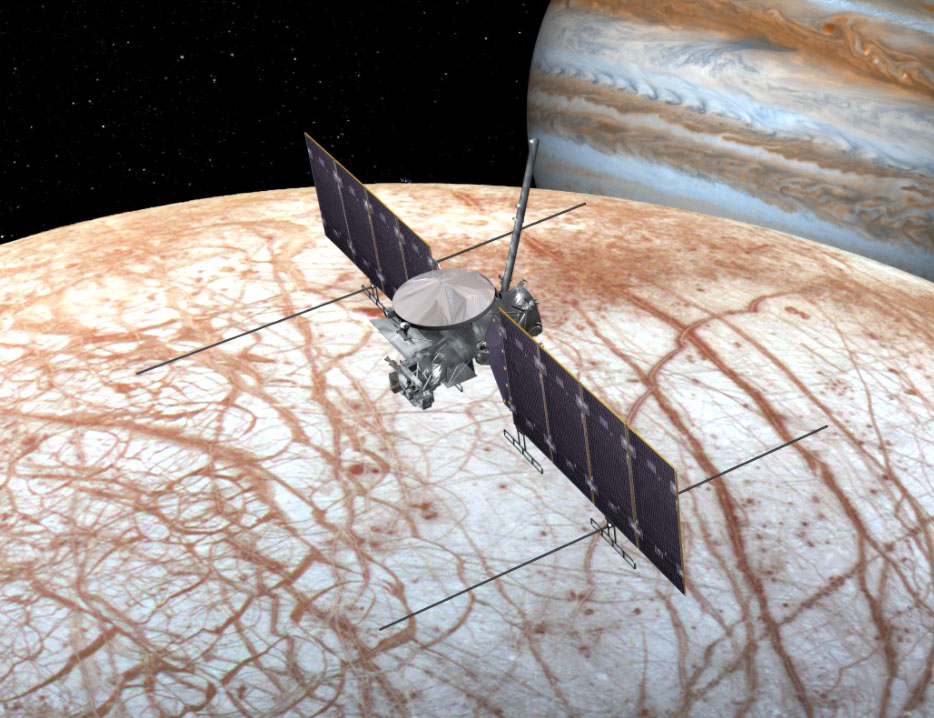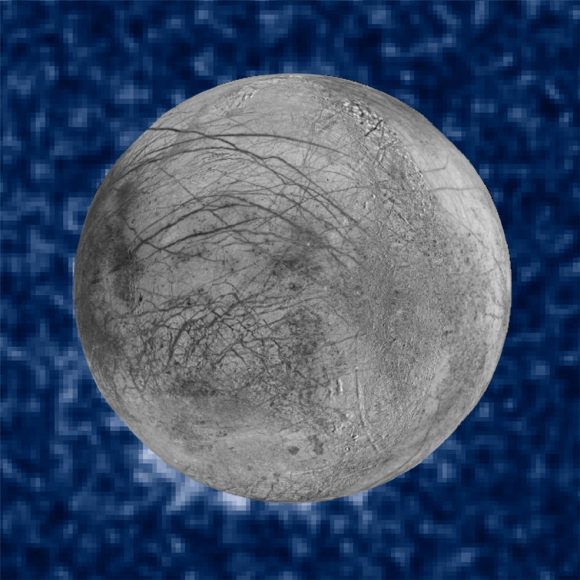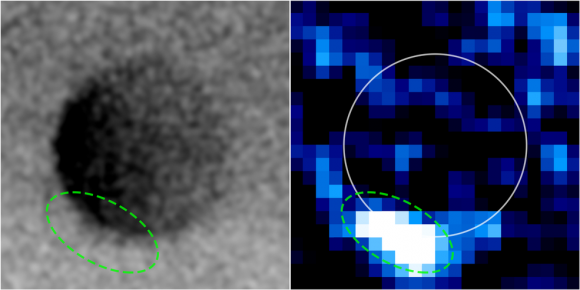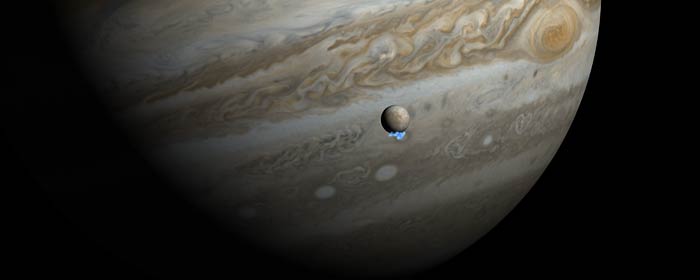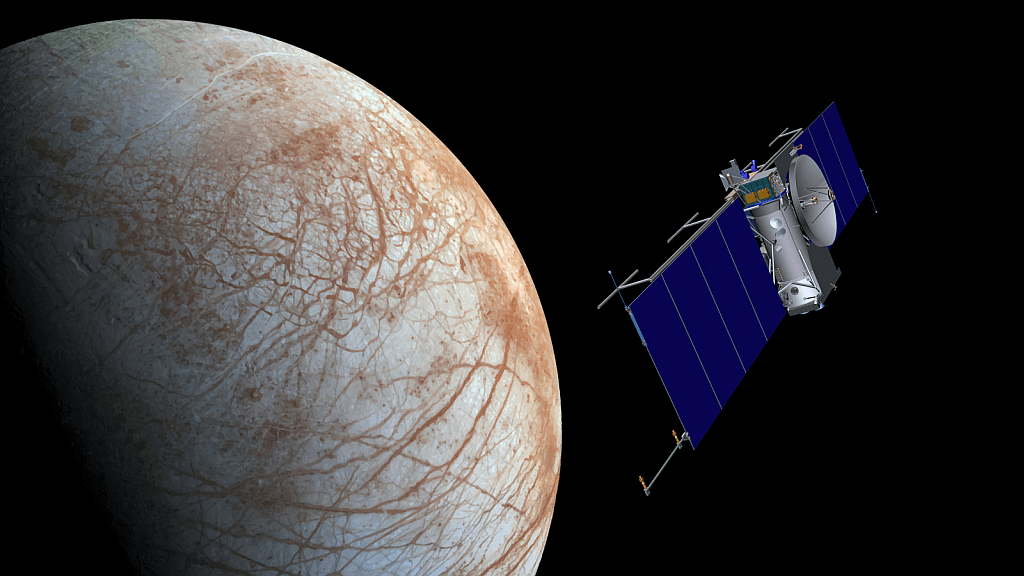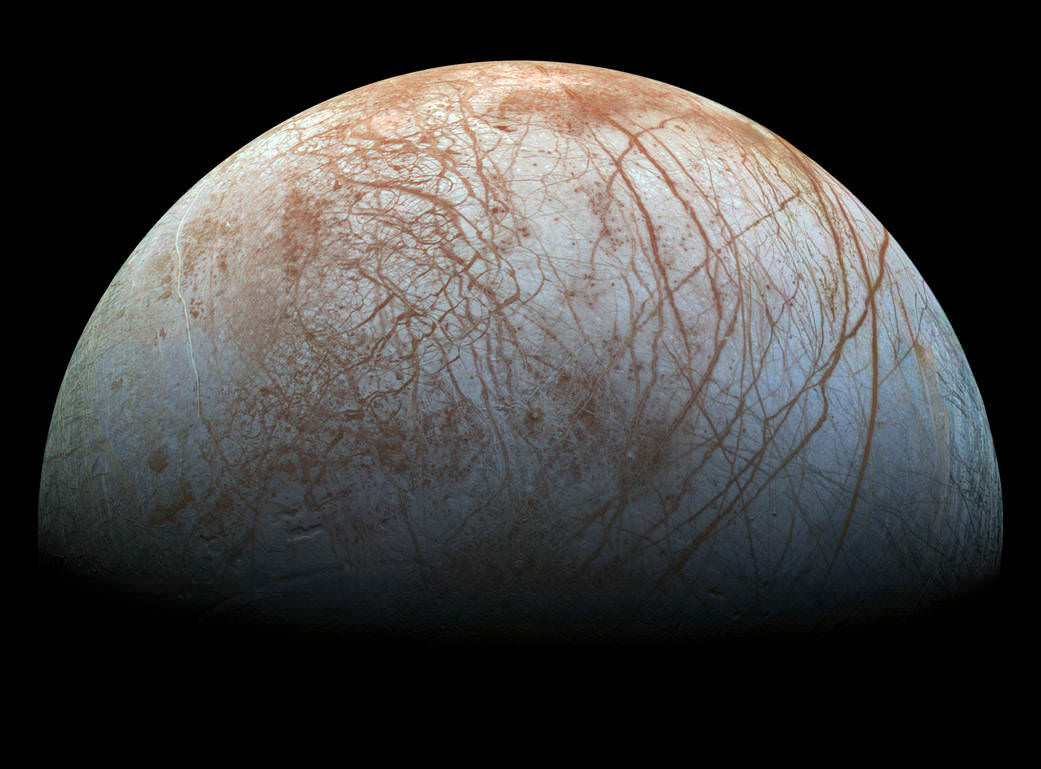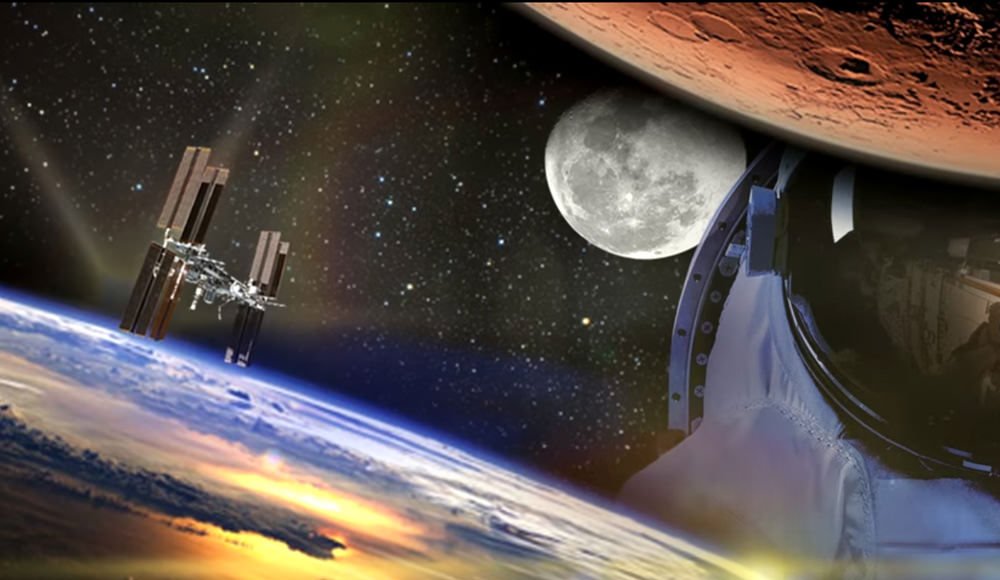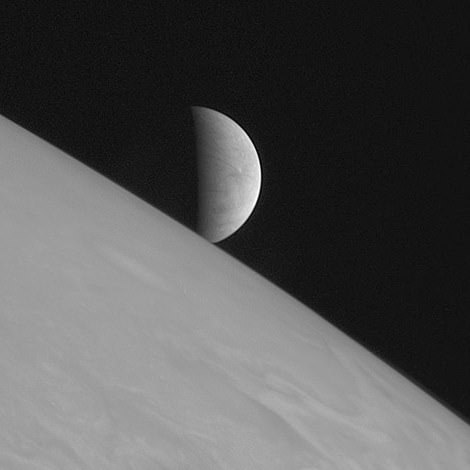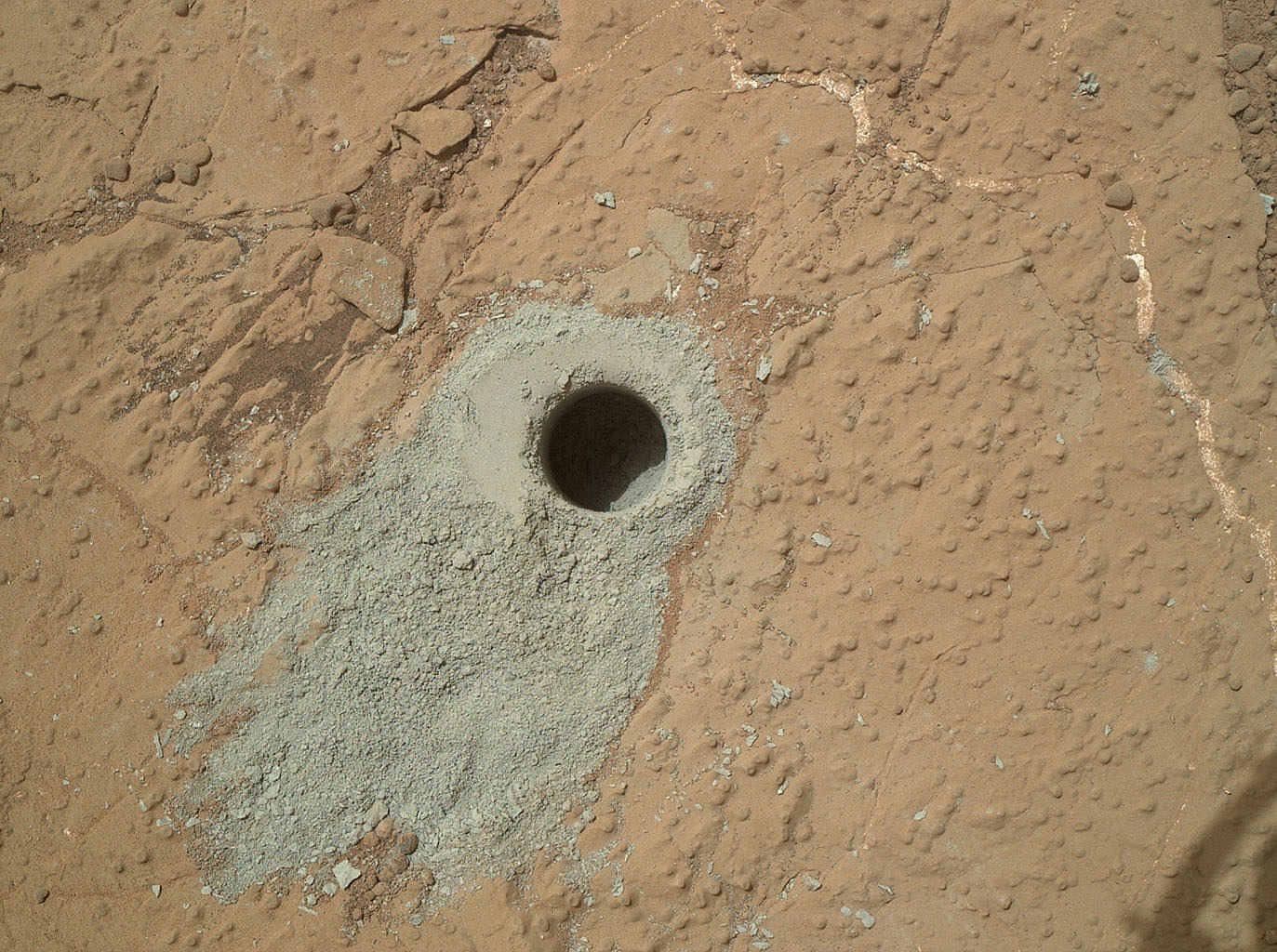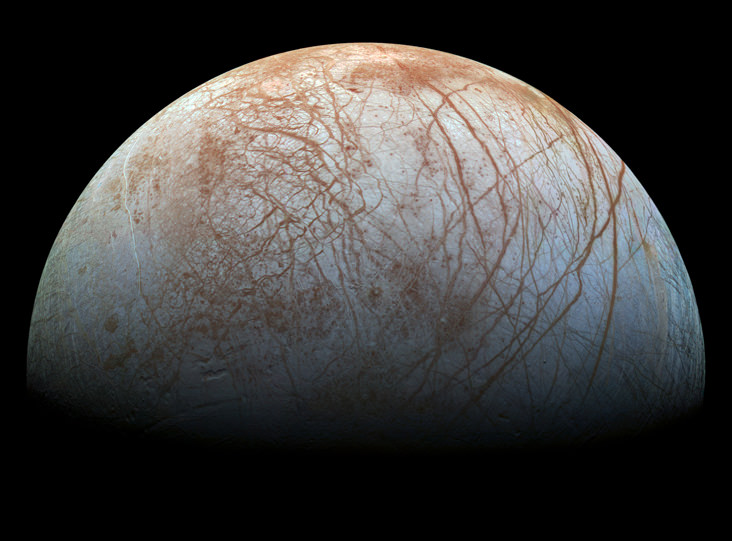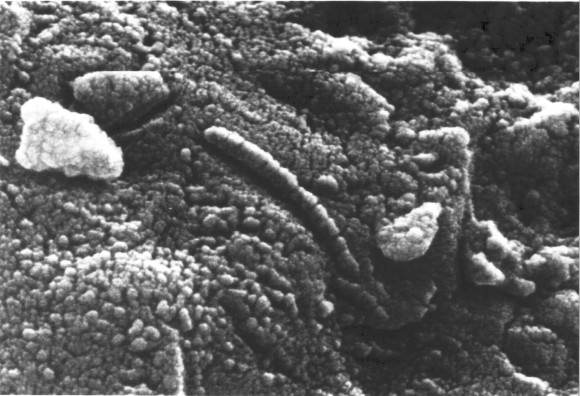Between the Europa Clipper and the proposed Europa Lander, NASA has made it clear that it intends to send a mission to this icy moon of Jupiter in the coming decade. Ever since the Voyager 1 and 2 probes conducted their historic flybys of the moon in 1973 and 1974 – which offered the first indications of a warm-water ocean in the moon’s interior – scientists have been eager to peak beneath the surface and see what is there.
Towards this end, NASA has issued a grant to a team of researchers from Arizona State University to build and test a specially-designed seismometer that the lander would use to listen to Europa’s interior. Known as the Seismometer for Exploring the Subsurface of Europa (SESE), this device will help scientists determine if the interior of Europa is conducive to life.
According to the profile for the Europa Lander, this microphone would be mounted to the robotic probe. Once it reached the surface of the moon, the seismometer would begin collecting information on Europa’s subsurface environment. This would include data on its natural tides and movements within the shell, which would determine the icy surface’s thickness.
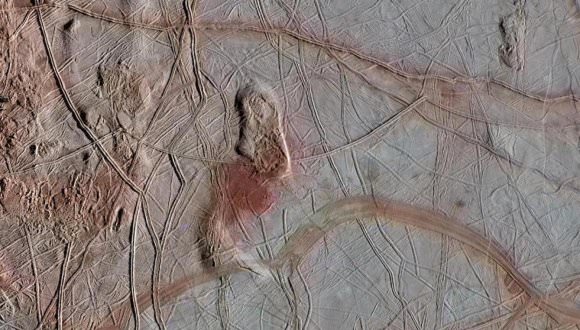
It would also determine if the surface has pockets of water – i.e. subsurface lakes – and see how often water rises to the surface. For some time, scientists have suspected that Europa’s “chaos terrain” would be the ideal place to search for evidence of life. These features, which are basically a jumbled mess of ridges, cracks, and plains, are believed to be spots where the subsurface ocean is interacting with the icy crust.
As such, any evidence of organic molecules or biological organisms would be easiest to find there. In addition, astronomers have also detected water plumes coming from Europa’s surface. These are also considered to be one of the best bets for finding evidence of life in the interior. But before they can be explored directly, determining where reservoirs of water reside beneath the ice and if they are connected to the interior ocean is paramount.
And this is where instruments like the SESE would come into play. Hongyu Yu is an exploration system engineer from ASU’s School of Earth and Space Exploration and the leader of the SESE team. As he stated in a recent article by ASU Now, “We want to hear what Europa has to tell us. And that means putting a sensitive ‘ear’ on Europa’s surface.”
While the idea of a Europa Lander is still in the concept-development stage, NASA is working to develop all the necessary components for such a mission. As such, they have provided the ASU team with a grant to develop and test their miniature seismometer, which measures no more than 10 cm (4 inches) on a side and could easily be fitted aboard a robotic lander.

More importantly, their seismometer differs from conventional designs in that it does not rely on a mass-and-spring sensor. Such a design would be ill-suited for a mission to another body in our Solar System since it needs to be positioned upright, which requires that it be carefully planted and not disturbed. What’s more, the sensor needs to be placed within a complete vacuum to ensure accurate measurements.
By using a micro-electrical system with a liquid electrolyte for a sensor, Yu and his team have created a seismometer that can operate under a wider range of conditions. “Our design avoids all these problems,” he said. “This design has a high sensitivity to a wide range of vibrations, and it can operate at any angle to the surface. And if necessary, they can hit the ground hard on landing.”
As Lenore Dai – a chemical engineer and the director of the ASU’s School for Engineering of Matter, Transport and Energy – explained, the design also makes the SESE well suited for exploring extreme environments – like Europa’s icy surface. “We’re excited at the opportunity to develop electrolytes and polymers beyond their traditional temperature limits,” she said. “This project also exemplifies collaboration across disciplines.”
The SESE can also take a beating without compromising its sensor readings, which was tested when the team struck it with a sledgehammer and found that it still worked afterwards. According to seismologist Edward Garnero, who is also a member of the SESE team, this will come in handy. Landers typically have six to eight legs, he claims, which could be mated with seismometers to turn them into scientific instruments.

Having this many sensors on the lander would give scientists the ability to combine data, allowing them to overcome the issue of variable seismic vibrations recorded by each. As such, ensuring that they are rugged is a must.
“Seismometers need to connect with the solid ground to operate most effectively. If each leg carries a seismometer, these could be pushed into the surface on landing, making good contact with the ground. We can also sort out high frequency signals from longer wavelength ones. For example, small meteorites hitting the surface not too far away would produce high frequency waves, and tides of gravitational tugs from Jupiter and Europa’s neighbor moons would make long, slow waves.”
Such a device could also prove crucial to missions other “ocean worlds” within the Solar System, which include Ceres, Ganymede, Callisto, Enceladus, Titan and others. On these bodies as well, it is believed that life could very well exist in warm-water oceans that lie beneath the surface. As such, a compact, rugged seismometer that is capable of working in extreme-temperature environments would be ideal for studying their interiors.
What’s more, missions of this kind would be able to reveal where the ice sheets on these bodies are thinnest, and hence where the interior oceans are most accessible. Once that’s done, NASA and other space agencies will know exactly where to send in the probe (or possibly the robotic submarine). Though we might have to wait a few decades on that one!
Further Reading: ASU Now


